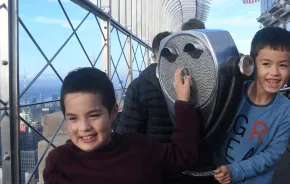
Sometimes it's a hassle to entice the kids outdoors. The weather might be bad and the devices are so enthralling. There's one worldwide activity that gets everyone outdoors — and you even get to take a device. It's geocaching!
Geocaching is a real-time treasure hunt that you can do anywhere in the world
That’s not an exaggeration. There are caches in Antarctica!
It started back in May of 2000 when the U.S. government decided to share the GPS system with the public. According to geocaching.com (which is based in Seattle, by the way), Dave Ulmer of Beaver Creek, Oregon, wanted to test just the accuracy of the GPS system. He buried a bucket of stuff out in a field and posted the GPS coordinates. Within three days, two people found the bucket and the sport of geocaching was born.
In the early days, you needed an actual GPS unit to find caches, but now it couldn't be easier: Nearly everyone has a phone in their pocket.
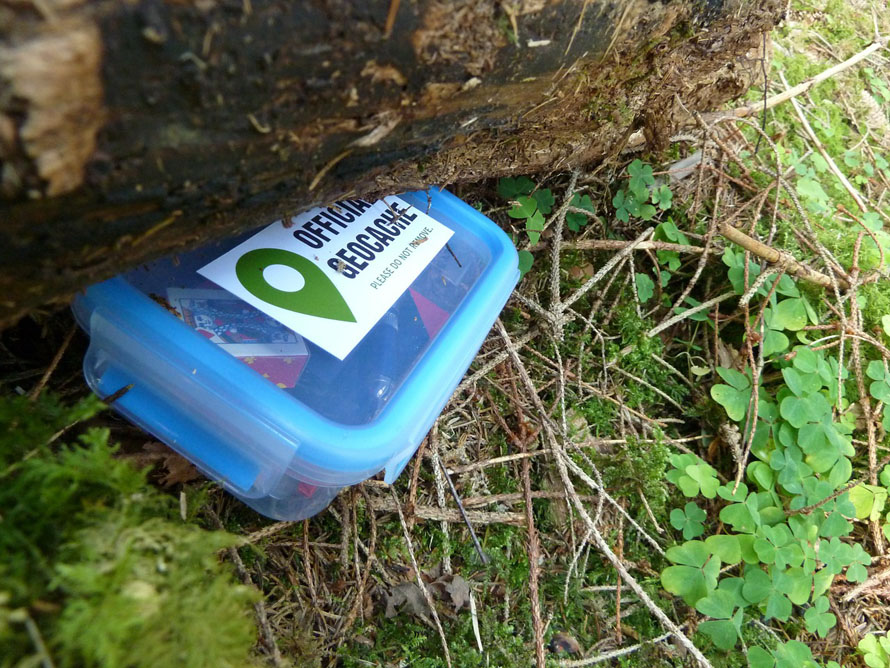
A geocache is basically hidden treasure (for people that consider "old toys and marbles’" treasure). Most caches have a tiny notebook to sign when you find it but the cache can be any size. Some are so small they don’t even have a logbook. Some are large enough to hold a garage full of Hot Wheels, all six of the pony friends and Princess Celestia.
Out in Port Gamble, there’s a cache full to the brim with Legos. It’s hidden underneath a tree. Imagine the look on your kids' faces when you pull a box full of Legos out from the roots of a tree. I can tell you from personal experience it was the closest I’ve ever come to convincing mine that I’m a wizard.
Geocaching resources
How to get started geocaching
Find a site: The first step is to find a website dedicated to geocaching. Geocaching.com is popular. There is free access or a paid membership which gives access to far more cache locations.
Geocaching.com works like one huge treasure map, listing millions of geocaches around the world. You can search the maps using a street address, geolocation codes or even by country.
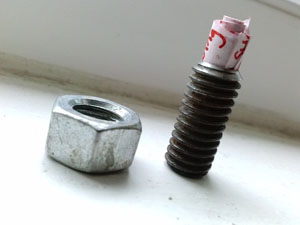
Find a cache: You might start by searching your own address or an address you know well to identify caches that are located nearby. (The first address I ever looked up was my own. Two hundred feet from my back door was a hidden cache. I hadn’t yet figured out what a geocache was but oh-my-gosh did I want to go find it.)
The search results will give you a map that lists caches near you (treasure map!), each sporting a funny name. Each cache links to an information page with a description, the location coordinates and a hint (if you need it) for finding the cache. Each cache is rated by terrain and difficulty.
Activate your GPS unit: Download the geocaching.com app and turn your phone into a GPS guidance system and map all in one. (For example, plug in N47° 44.800 W122° 18.400, and you’ll end up in the middle of Hamlin Park in Shoreline fending off cute little bunnies.) You can also use a Garmin or other GPS unit.
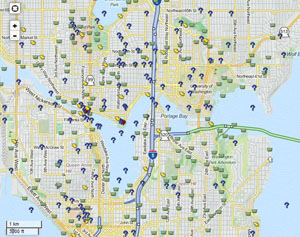
Go find it! With GPS, you'll usually get fairly close to a cache site but finding the cache is an entirely different matter. Check the description carefully for clues of how to find it. Caches are hidden but not buried. City caches tend to be small and camouflaged (check out the photo of the hollowed-out bolt that served as a cache and was magnetized to the back of a street sign). Forest caches tend to be larger and hold more trinkets. Some caches make you solve riddles. Some make you follow a series of clues before you can get to the main cache. See these tips for finding caches.
Claim your find: Once you find the cache, claim it — meaning, get credit for the find. You can do this in several ways: First, sign the logbook inside the cache noting when you found it and any notes. You can also log your on the cache's page online. (In case of those caches too small to hold a logbook, the cache curator will tell you how to claim you find.)
Take and leave trinkets: Larger caches will usually contain trinkets. You can leave the trinkets as is, or trade them for goodies from your own stash. (Pro tip: All those tiny toys that you can’t stand picking up any longer? Those make perfect cache trinkets.) You can note the trinket status in the logbook: "T1/L1" means "Took One/Left One" and "TN/LN" means "Took Nothing/Left Nothing." (See this list of geocaching terms for more lingo.) Once you’ve signed and traded, be sure to put the cache back exactly how you found it.
Safety tip: In our modern, sometimes suspicious world, onlookers might wonder what your family is doing. Try your best to avoid drawing attention but if you see people watching you closely, approach and tell them about your adventure. Or you can do like we do and start humming the theme song from Indiana Jones. (No one questions an entire family acting weird while humming the song from "Raiders of the Lost Ark." I don’t know why.)
Ideas for fun geocache adventures
Where do you start? Once you familiarize yourself with how the game works try finding caches close to home. Look up your favorite playground or dog park, a place where you already know the terrain so you can find your first cache quickly.
Once you've explored familiar territory, you can go out and really explore. Most of the parks in the area will have at least one or two caches. You can also use geocaching as an excuse to go on a longer hike with your kids or explore a park that's on your wish list. Here are some ideas for cache-rich parks worth exploring.
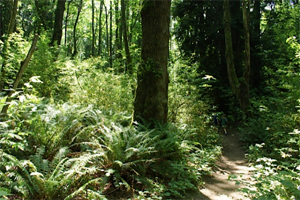
St. Edward State Park, Kenmore: This lovely forested state park on Lake Washington has loads of trails, a wonderful, shaded playground for kids, and — on a hot day — lake swimming. And a dozen or so caches.
Green Lake Park, Seattle: Seattle's classic loop park is about 2.8 miles around; with several caches around the lake, some of which involve clues.
Seward Park, Seattle: At least three caches are hidden around this stellar park with old-growth forest, a natural playground and a fantastic Environmental and Audubon Center.
Point Defiance Park, Tacoma: Check out the zoo, then do some treasure hunting around one of Tacoma's premier beach parks.
Fort Worden State Park, Port Townsend: Use a cache hunt at this former military base as a launch for a Port Townsend adventure that could include ice cream, beaches and more fun stuff with kids.
City cache hunts are a lot of fun, too. Seattle Center, Granville Island in Vancouver and downtown Portland are all family-friendly city spots with enough caches to keep you treasure hunting for hours.
Editor's note: This article was originally published in 2015 and updated in 2020.









